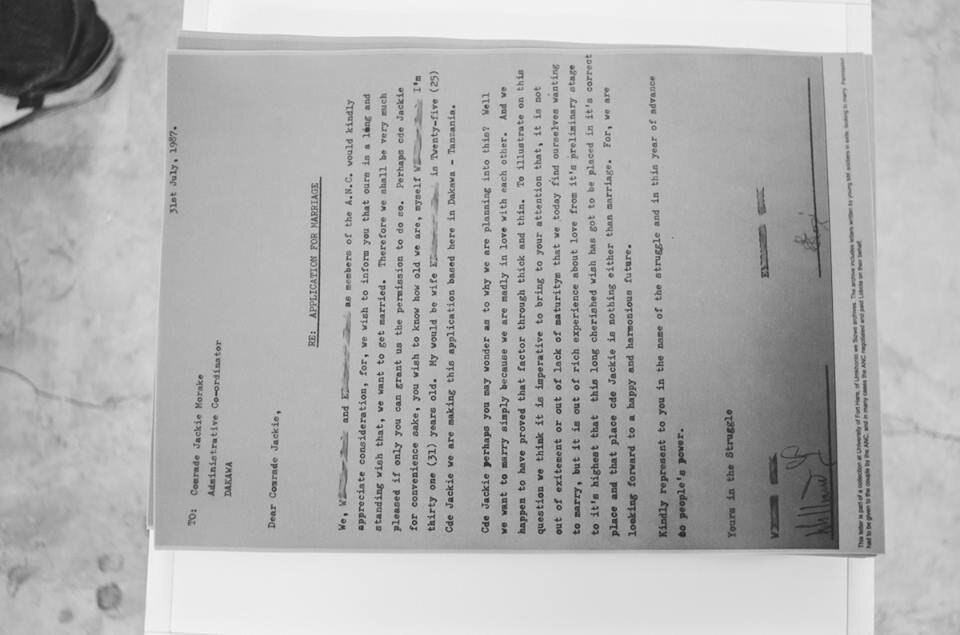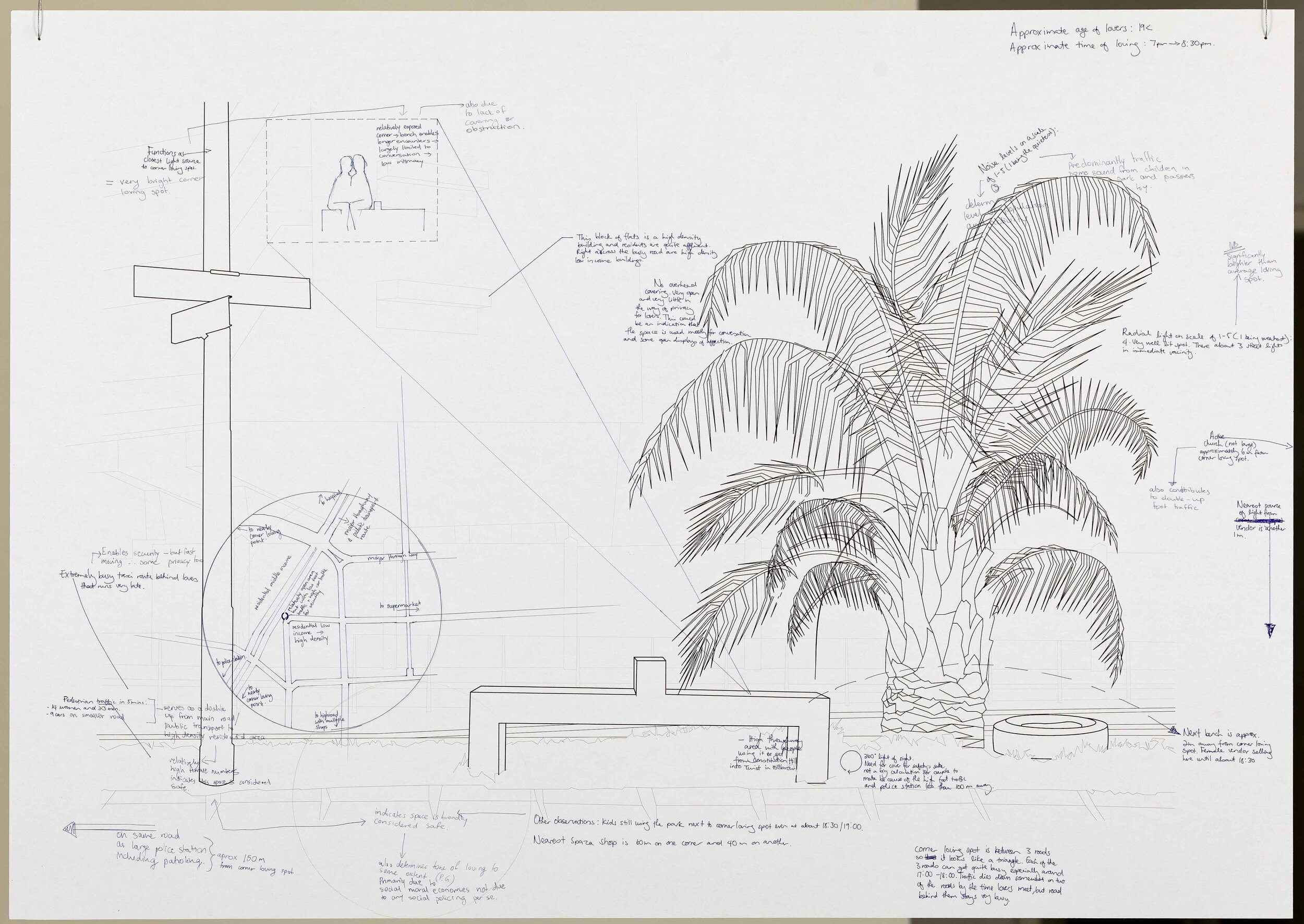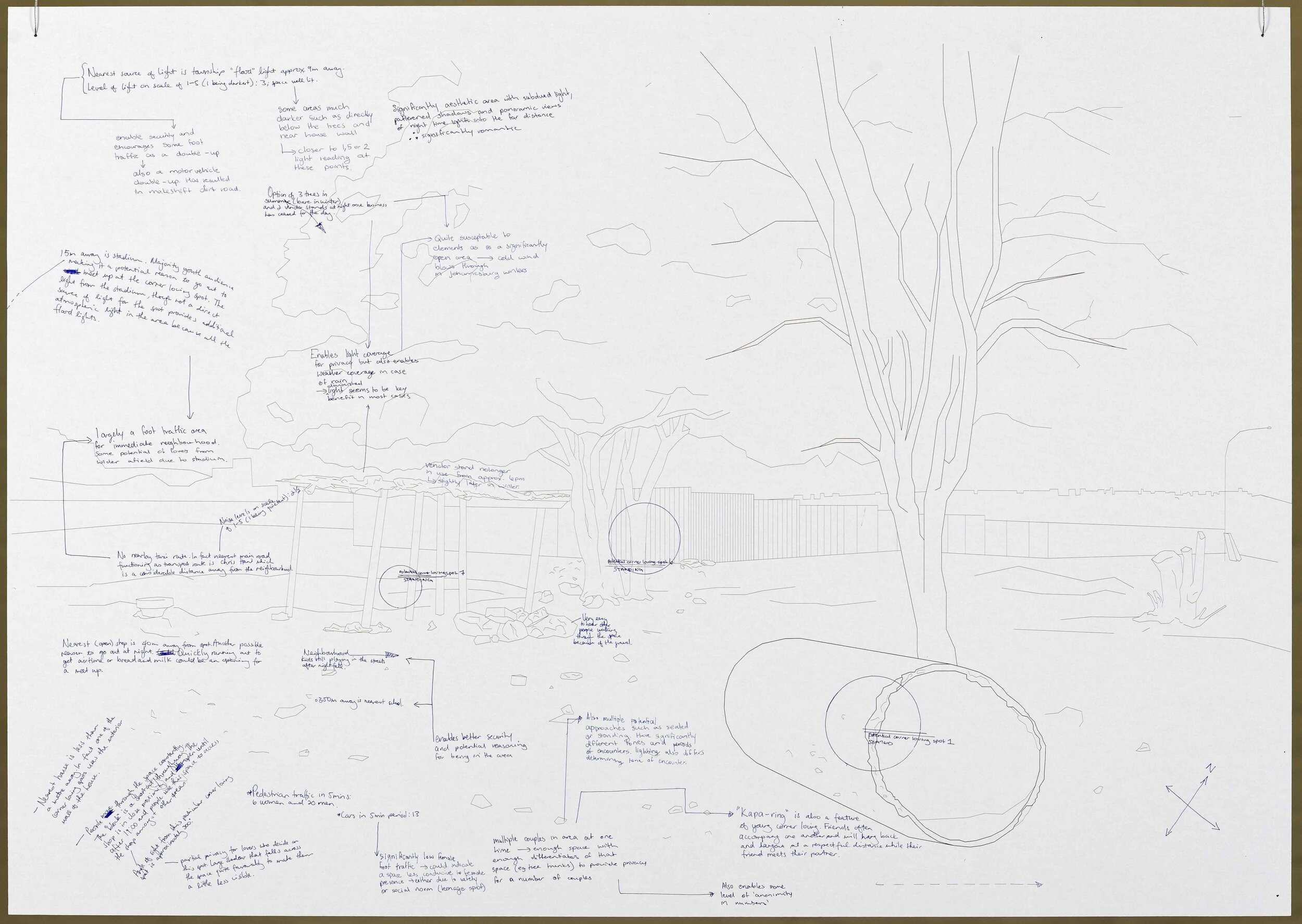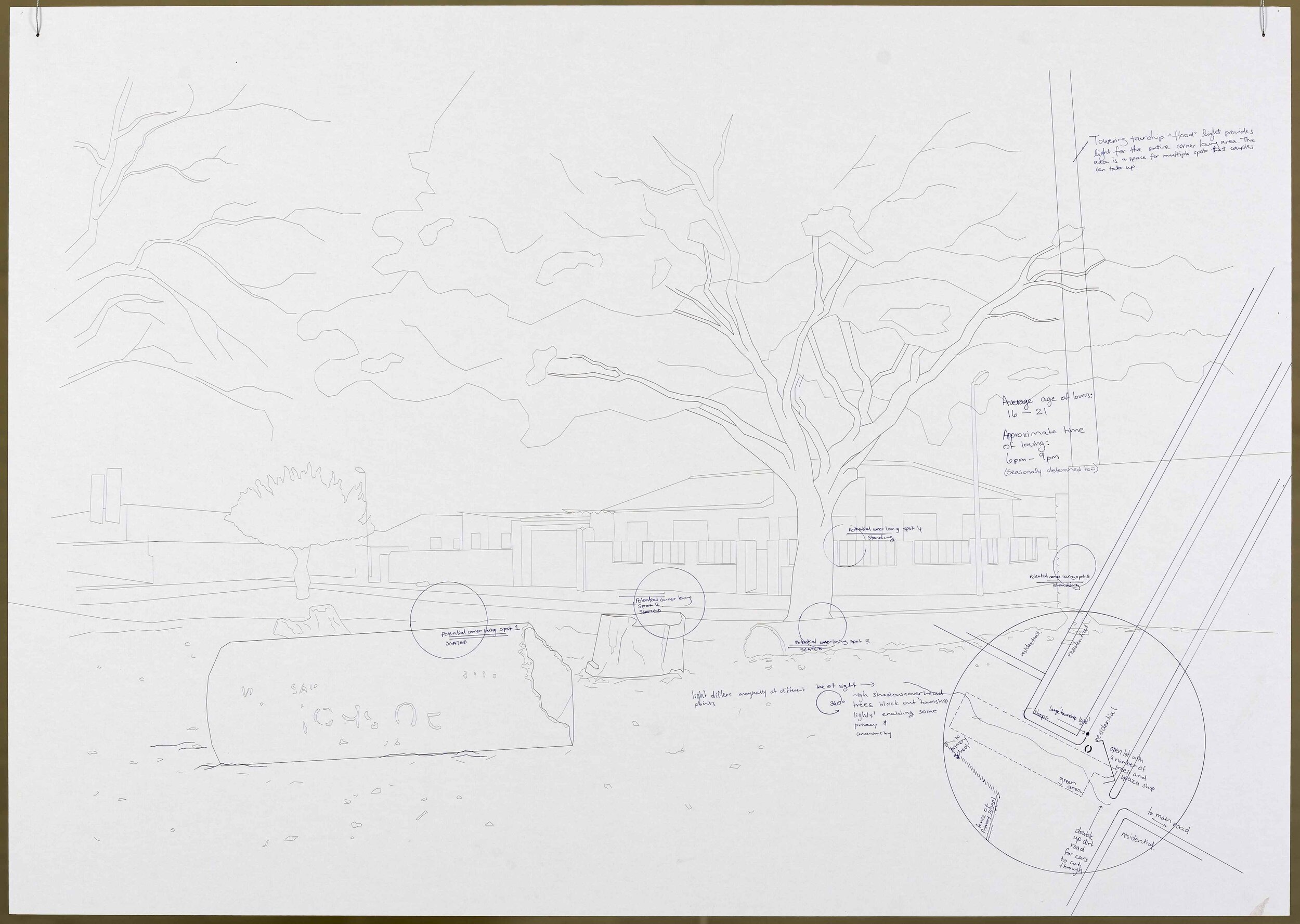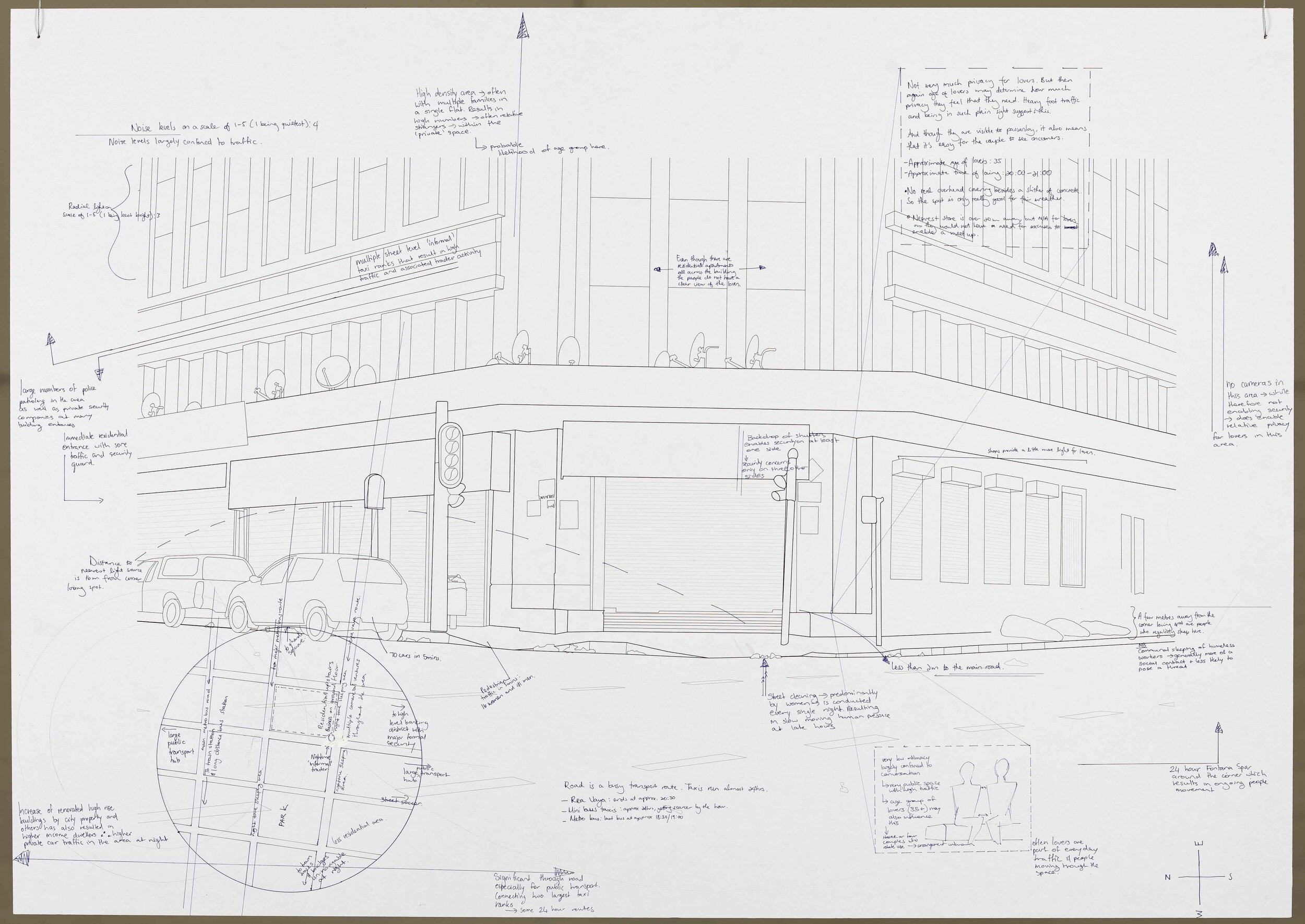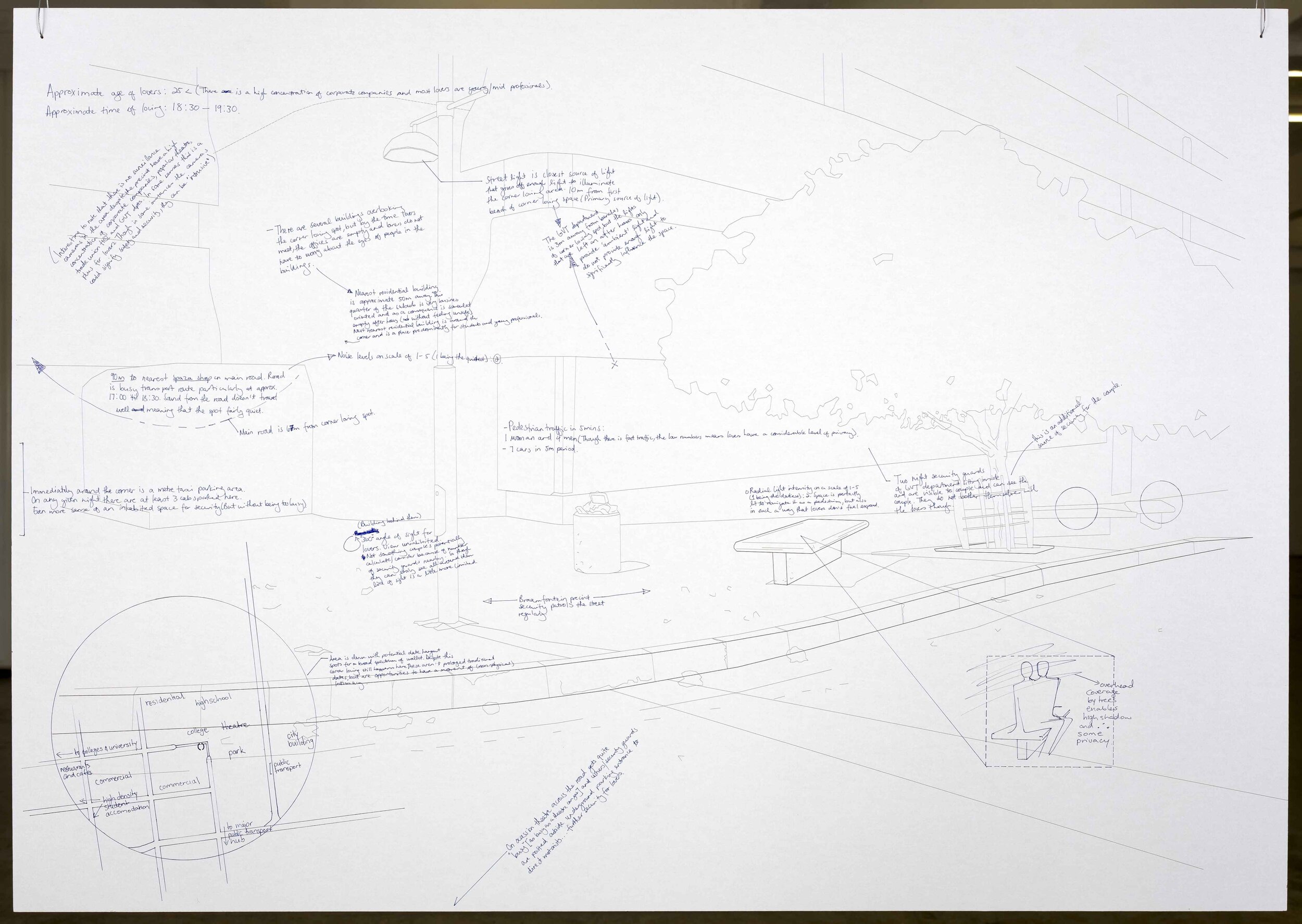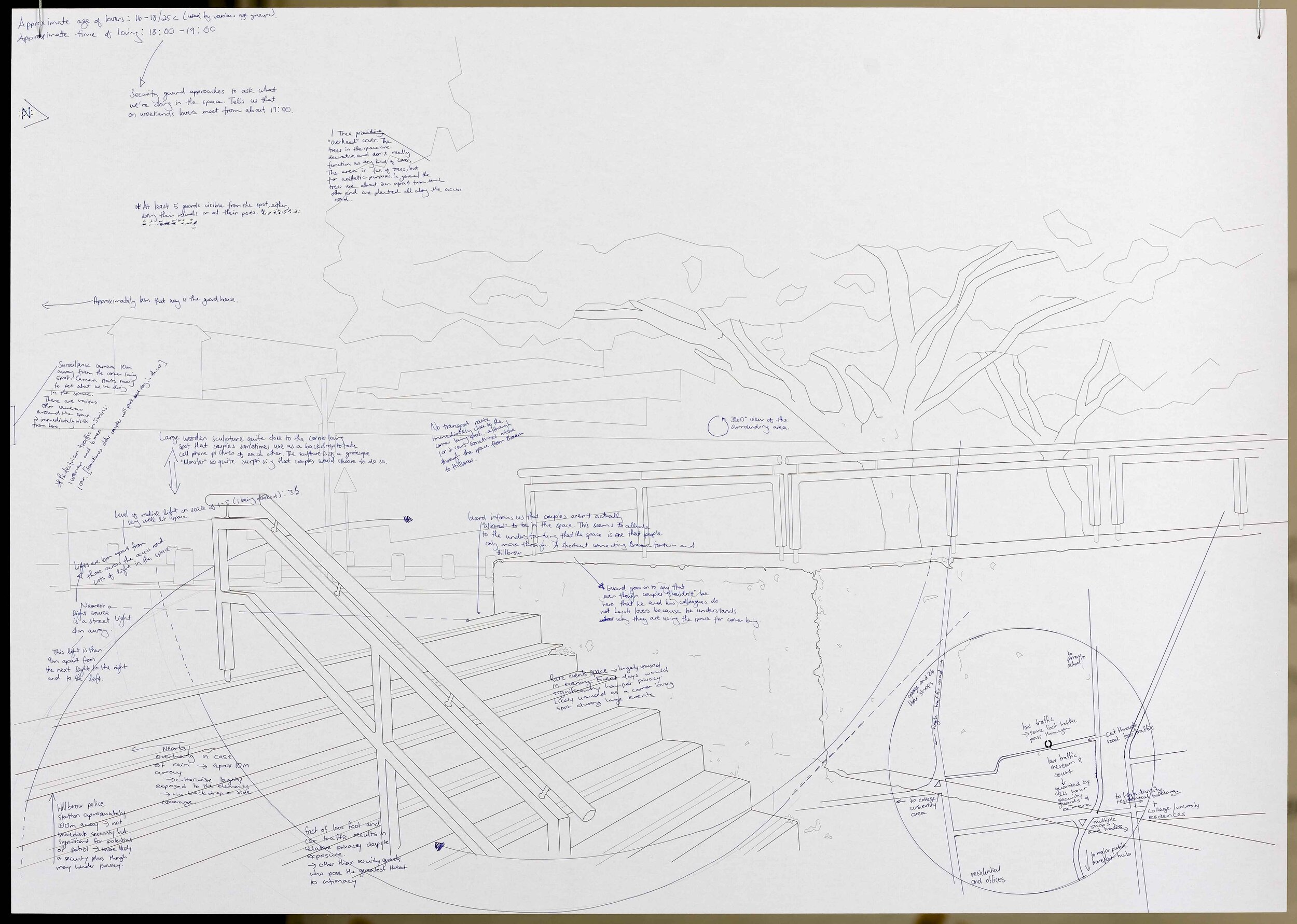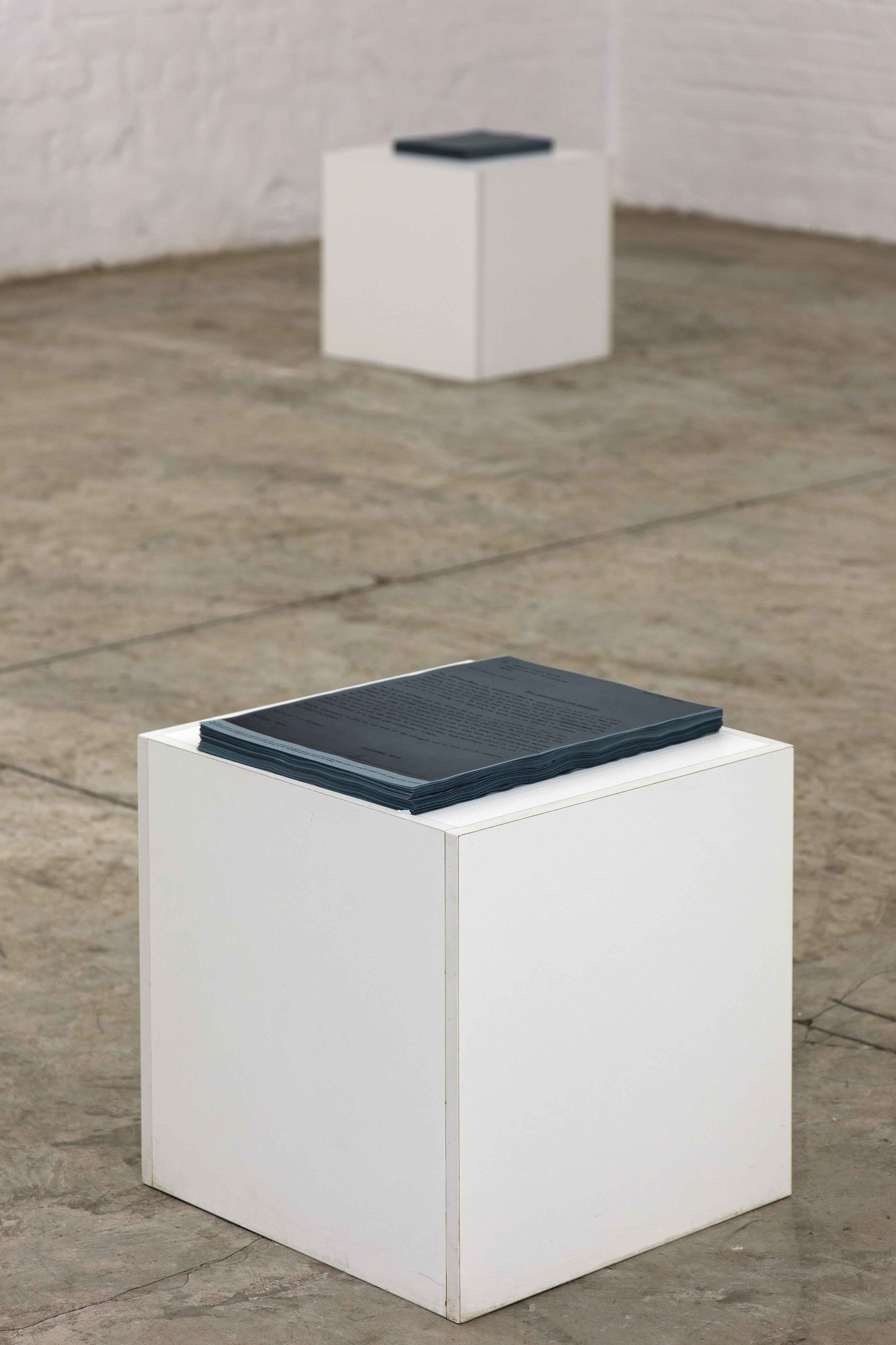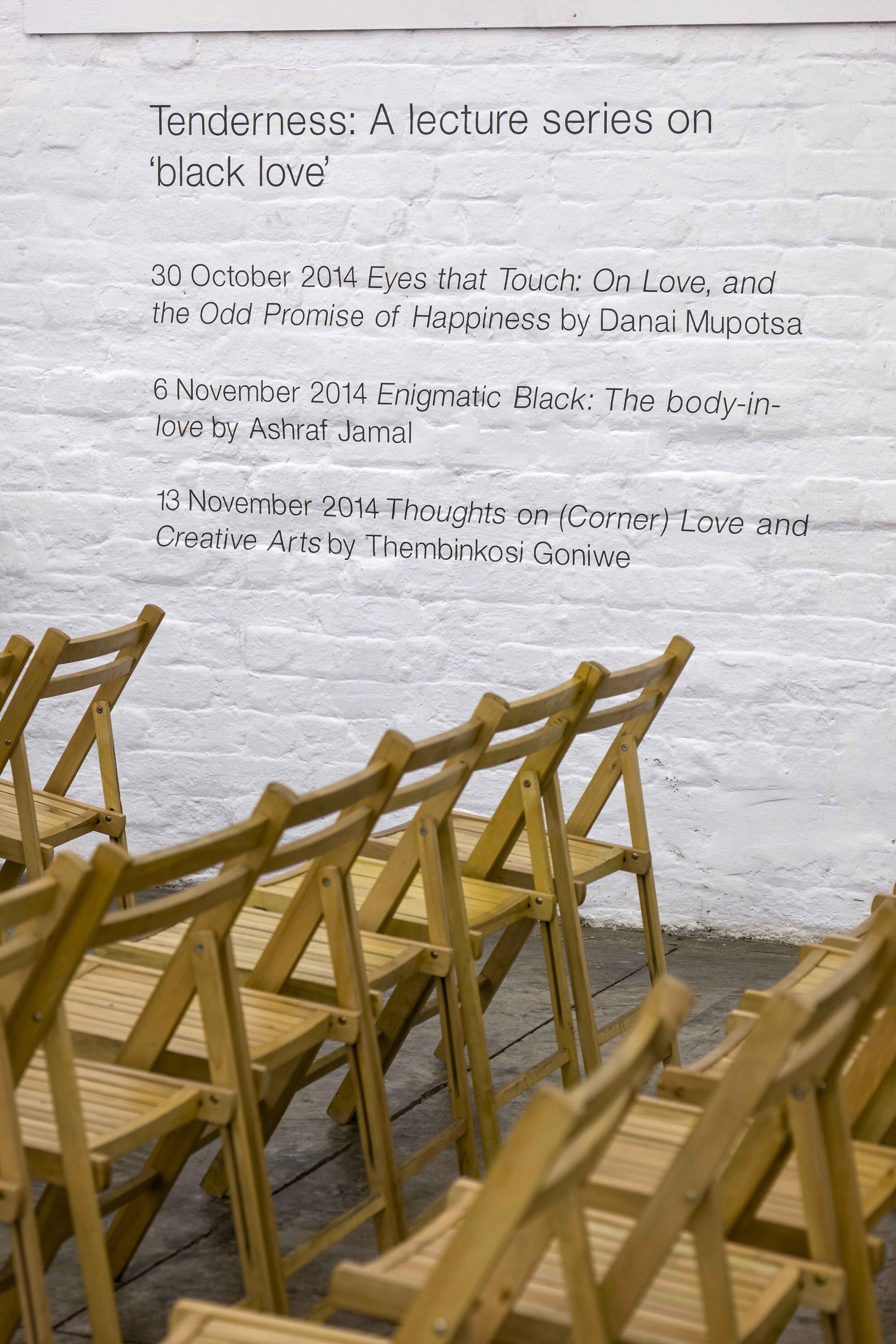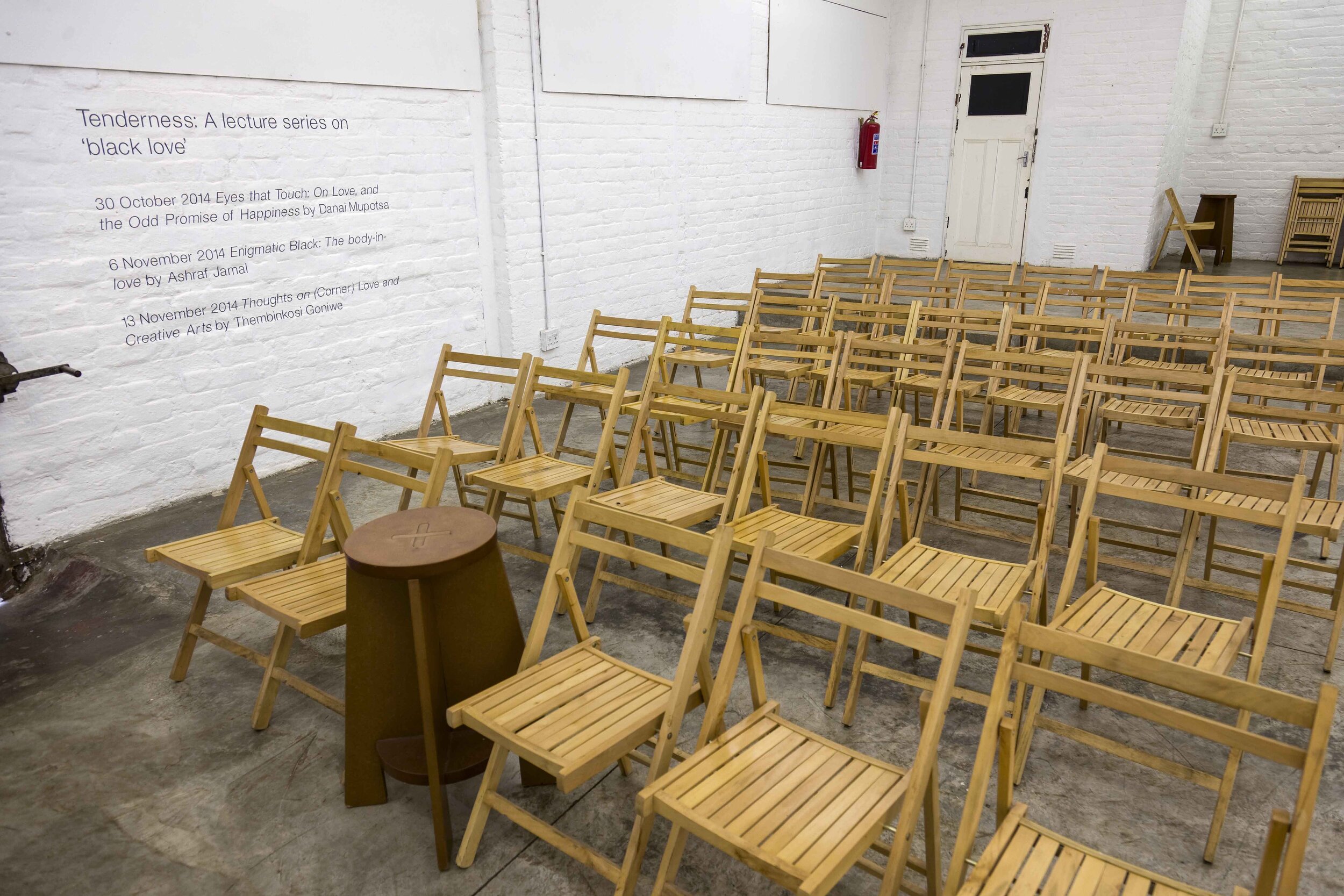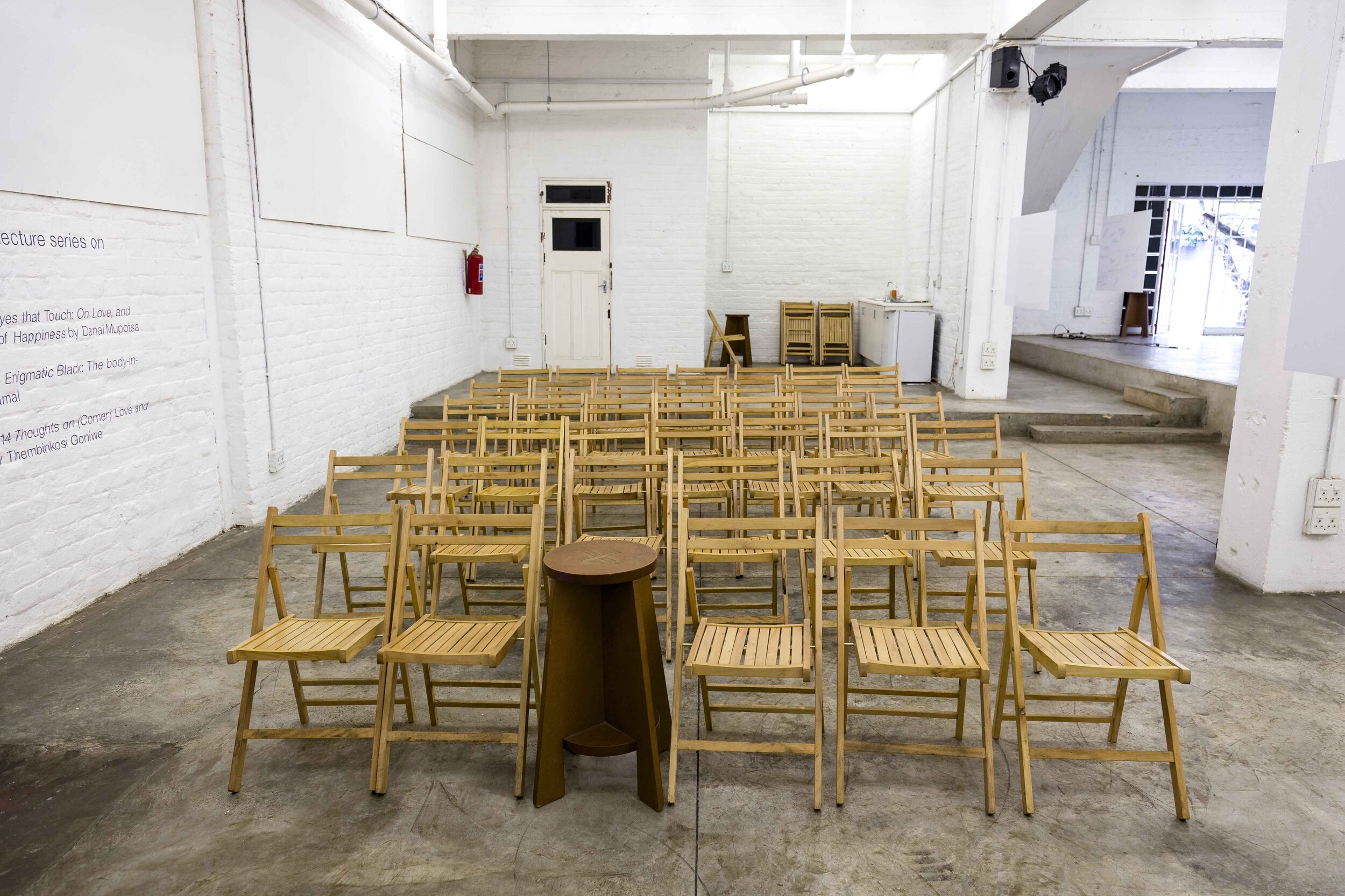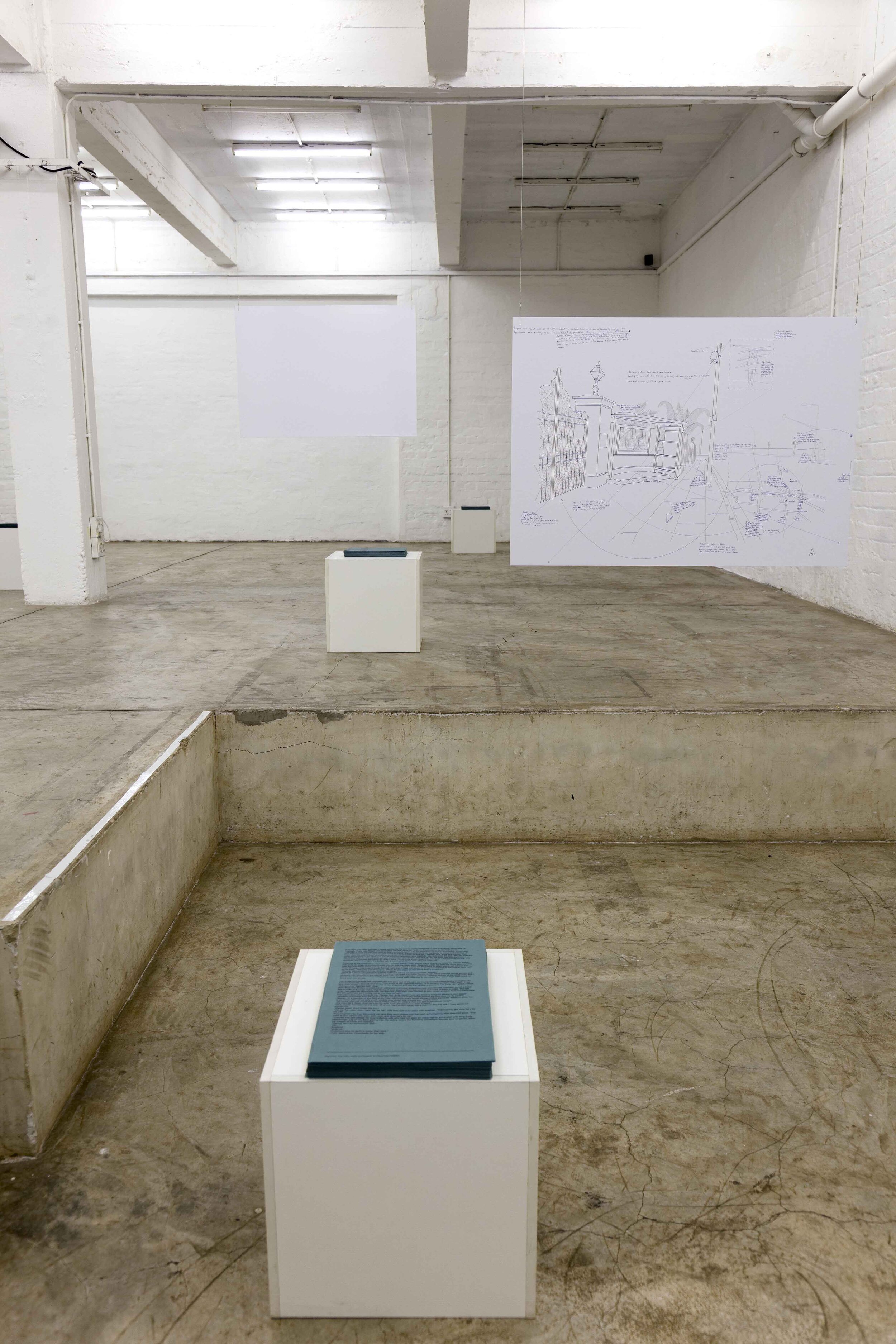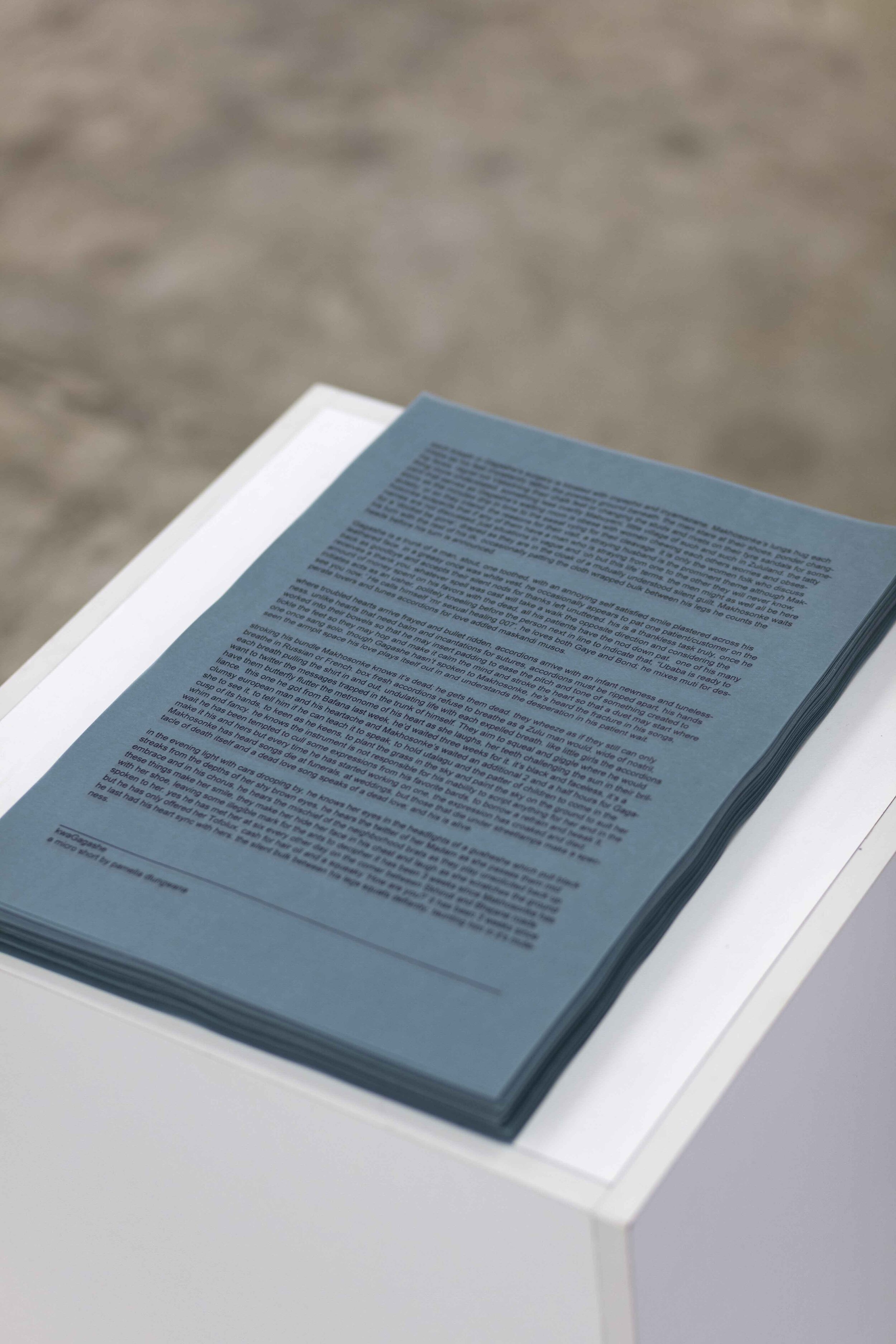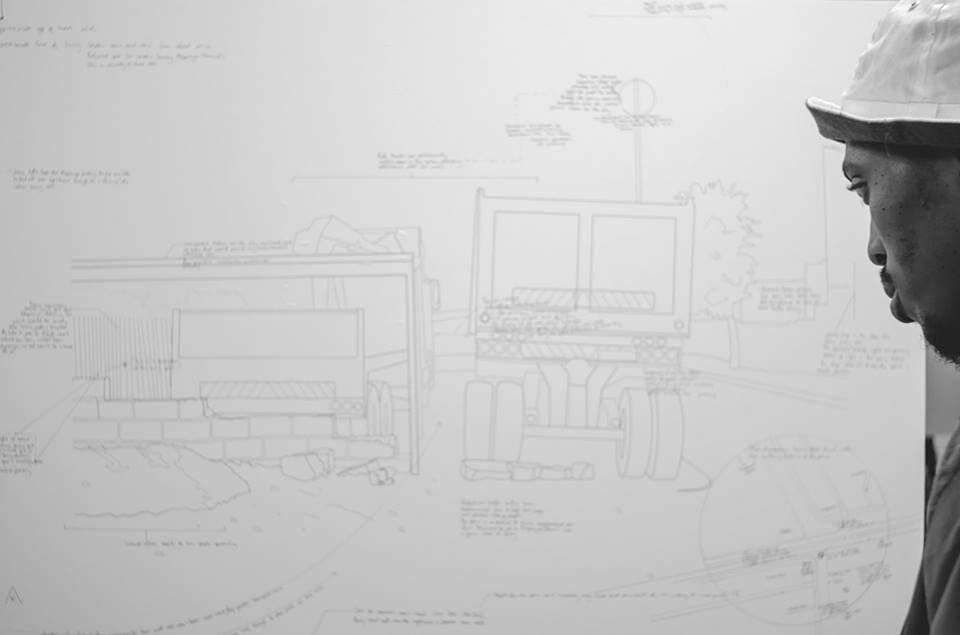Corner loving
Corner loving, the practice of lovers meeting on street corners, though seemingly naïve, is in fact an indication of broader social factors. Corner loving is a signifier for how public and private spaces coalesce due to a range of specific social circumstances. The use of public space, particularly the bustling streets of the inner city, for private intimacy, is a logical contradiction of complex urbanity.
MADEYOULOOK aims to explore the ways in which ordinary practices and everyday occurrences are a signifier for wider, more complex social issues. While these ordinary practices may be overlooked as simple and inconsequential, through deeper reflection they act as vehicles for multi-layered conversations.
Corner loving, the practice of lovers meeting on street corners, though seemingly naïve, is in fact an indication of broader social factors. Corner loving is a signifier for how public and private spaces coalesce due to a range of specific social circumstances. The use of public space, particularly the bustling streets of the inner city, for private intimacy, is a logical contradiction of complex urbanity.
MADEYOULOOK is also interested in working with the concept of love, which is largely regarded in terms of the negative or abject in contemporary art. In particular, “black people in love”, is a largely under addressed issue – too often relegated to a simplified discussion on black sexuality. Attempting to engage the tenderness or romance of love is a much more challenging project, one not often seen in contemporary art and one we would like to explore.
The exhibition features drawings of corner loving corners, texts by contemporary writers and from historical archives as well as a lecture series that explores the various thematic aspects represented in the practice of corner loving. Lectures were presented by Thembinkosi Goniwe, Ashraf Jamal and Danai Mupotsa
related: ZIP and Black Love Narratives
Text: Ways of Speaking from Ties that Bind: Race and the Politics of Friendship in South Africa (Wits Press 2016) edited by Jon Soske and Shannon Walsh


